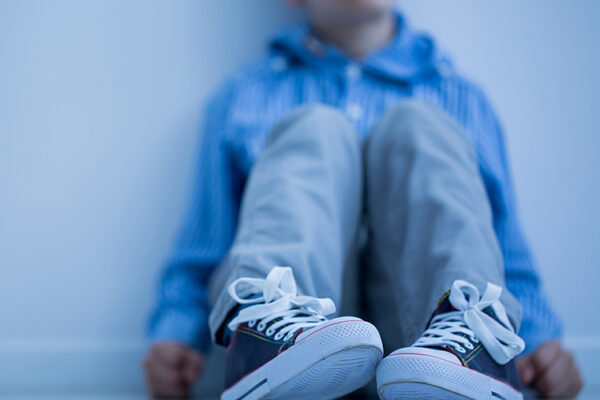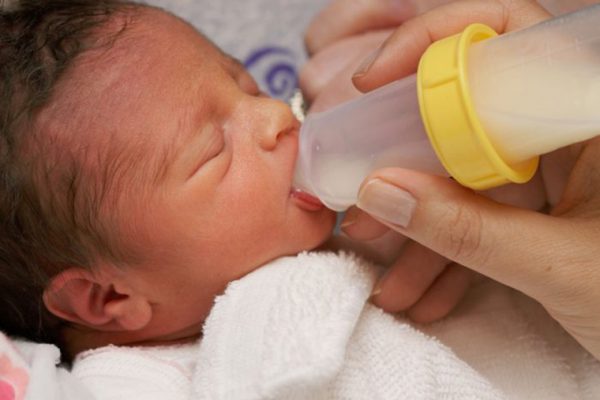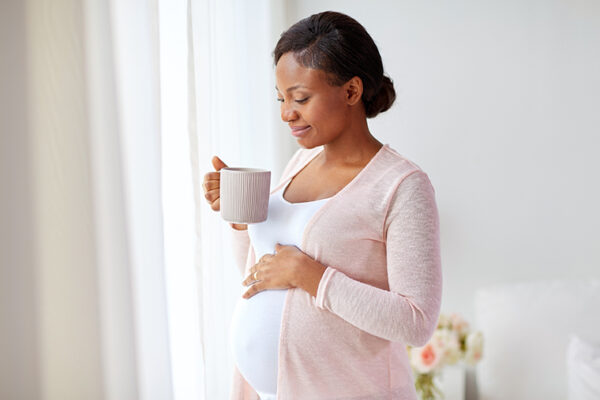Babies who never sleep on their stomachs don’t learn behaviors that may lessen their risk of sudden infant death syndrome (SIDS), researchers at Washington University School of Medicine in St. Louis have found. Even so, the researchers caution that infants should always be placed on their backs to sleep.

“The first few times babies who usually sleep on their backs or sides shift to the prone (lying face down) position, they have a 19-fold increased risk of sudden death,” says senior author Bradley T. Thach, M.D., a Washington University pediatrician at St. Louis Children’s Hospital. “We wondered if these babies, finding themselves face down, fail to turn their heads to breathe easier. If so, is that because their reflexes haven’t developed far enough or because they just don’t wake up?”
Thach and his colleagues studied 38 healthy infants aged 3 to 37 weeks. Half of the babies usually slept prone or had a history of turning prone during sleep. The other babies had never slept prone. The study is reported in the December issue of the journal Pediatrics.
The researchers constructed a moderately asphyxiating surface, a comforter placed over a foam rubber mattress with a two-inch deep circular depression that would lie directly beneath the baby’s face. When babies sleep face down on the surface, they “rebreath” air they have exhaled, and this air can have high amounts of carbon dioxide. A catheter taped beneath the babies’ noses allowed monitoring of carbon dioxide levels.
After four to five minutes of sleeping face down on this surface all 38 babies awoke and attempted to get fresher air. The babies with experience sleeping prone generally lifted and turned their heads to either side when they sensed the air was stale, thereby increasing their supply of oxygen-rich air. In contrast, the inexperienced infants generally nuzzled the bedding or briefly lifted their heads and then resumed sleeping face down. Overall, babies inexperienced with sleeping prone spent more time fully face down than their more experienced counterparts.
Nuzzling produced only a transient lowering of carbon dioxide levels at the nose, while complete head turns produced larger, sustained decreases in carbon dioxide. Head lifts also reduced carbon dioxide levels, but the decreases lasted only as long as the baby’s head was raised.
The researchers suggest that babies learn through experience which head movements decrease the discomfort associated with breathing high carbon dioxide levels. Therefore, babies with experience sleeping prone are better able to avoid conditions that may trigger SIDS. The research results support the hypothesis, advanced by others, that SIDS may result from insufficiently learned airway protective responses.
The findings also indicate that good head-lifting ability while lying prone may not be sufficient to protect a baby from SIDS. “Many parents think that if a baby can lift its head, he or she is okay to sleep prone, but that is a false assurance,” Thach says. “Parents and other caregivers should never place an infant in the prone position until he or she shows the ability to spontaneously turn all the way over. Back-sleeping should continue to be strongly encouraged to protect against SIDS.”
Paluszynska DA, Harris KA, Thach BT. Influence of sleep position experience on ability of prone sleeping infants to escape from asphyxiating microenvironments by changing head position. Pediatrics, Dec. 1, 2004.
Funding from the National Institute of Child Health and Diseases supported this research.
Washington University School of Medicine’s full-time and volunteer faculty physicians also are the medical staff of Barnes-Jewish and St. Louis Children’s hospitals. The School of Medicine is one of the leading medical research, teaching and patient care institutions in the nation, currently ranked second in the nation by U.S. News & World Report. Through its affiliations with Barnes-Jewish and St. Louis Children’s hospitals, the School of Medicine is linked to BJC HealthCare.


